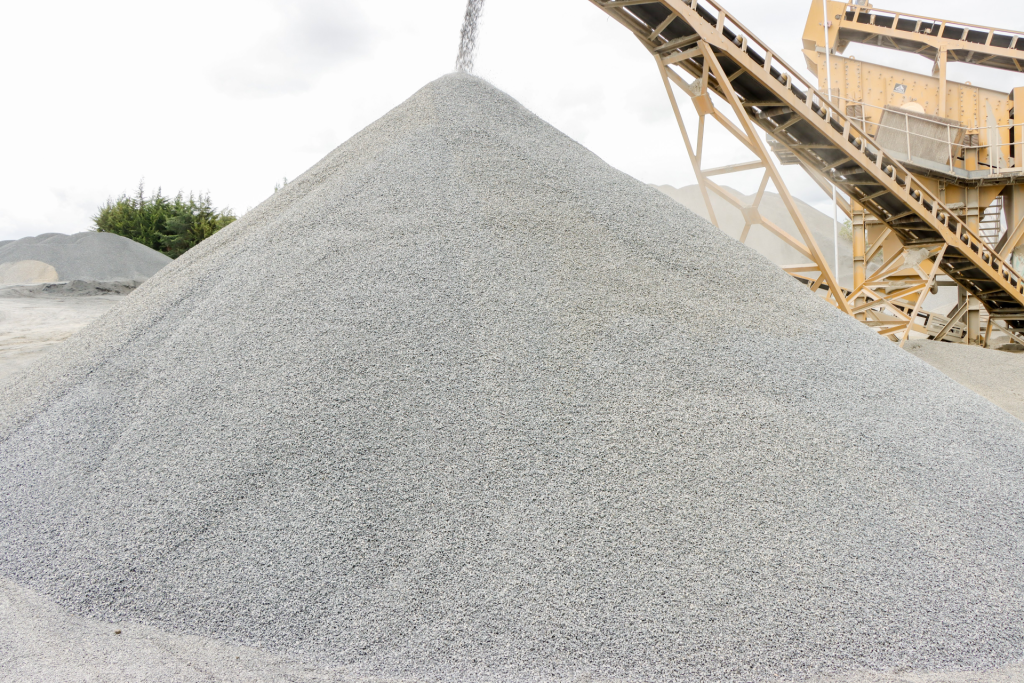Unlocking the Secrets of Our Quarry Sand: Unearthing Nature’s Building Blocks
Quarry sand, a precious resource derived from the depths of the Earth, plays a pivotal role in various industries, from construction to landscaping. Understanding its origin, characteristics, and diverse applications is essential for anyone delving into the world of construction materials. The process involves several stages, each contributing to the creation of this versatile and essential resource.
Quarry sand begins its journey deep within quarries, where large blocks of rock are extracted from the Earth’s crust. These quarries, carefully selected for their rock composition, provide the raw material for the production of quarry sand.
Once extracted, the rock undergoes primary crushing, typically facilitated by heavy machinery like crushers. These powerful machines break down the large rocks into more manageable sizes. The result is a combination of larger pieces and smaller fragments.
The crushed material then moves to secondary crushing, where it undergoes further refinement. This stage aims to reduce the rock to even smaller sizes, enhancing the efficiency of subsequent processes.

Formation and Origin of Quarry Sand:
It is also known as manufactured sand or crushed sand, is produced by crushing granite rocks and stones to create fine particles. These rocks, sourced from quarries, undergo a rigorous process of extraction and crushing, resulting in the formation of the versatile material known as quarry sand.
Particle Size and Grading:
One of the distinctive features of our sand is its well-graded particle size distribution. This characteristic is crucial for enhancing the workability and performance of concrete. The particles, ranging from coarse to fine, contribute to the overall stability and strength of the material.
Physical Properties of Our Quarry Sand:
Our sand exhibits excellent physical properties that make it a preferred choice in construction projects. Its angular and cubical shape provides better interlocking, improving the strength and durability of concrete. The specific gravity and density of it also contribute to its stability and load-bearing capacity.
Applications in Construction:
- Concrete Production: It is a key ingredient in the production of concrete. Its well-graded nature ensures a smooth and cohesive mix, leading to high-quality concrete with enhanced strength and durability.
- Mortar Mixes: The fine texture of our sand makes it an ideal component in mortar mixes, contributing to the cohesiveness and workability of the mortar.
- Asphalt Mixes: In road construction, it is often used in asphalt mixes to enhance the performance and longevity of road surfaces.
- Landscaping and Beyond: Beyond construction, quarry sand finds applications in various landscaping endeavors. Its consistent particle size makes it suitable for creating leveled surfaces and bedding for pavers. The material’s natural color also blends seamlessly with outdoor environments.
Environmental Considerations:
While quarry sand is a valuable resource, its extraction can raise environmental concerns. Responsible quarrying practices and efforts to minimize the ecological impact ensure the sustainable use of this essential material.
Quality Control:
Ensuring the quality of quarry sand is paramount in construction projects. Rigorous testing procedures, including particle size analysis and checks for impurities, guarantee that the material meets industry standards.
Innovation in Quarry Sand Usage:
The construction industry is witnessing ongoing innovations in the use of quarry sand. Researchers and engineers explore its potential in areas such as high-performance concrete, where its unique properties contribute to achieving superior results.
It stands as a testament to the symbiotic relationship between human ingenuity and the Earth’s resources. Its diverse applications, coupled with ongoing research and development, position quarry sand as a cornerstone in the construction and landscaping industries. Responsible extraction and usage are pivotal in ensuring that this valuable resource continues to shape the foundations of our built environment.
